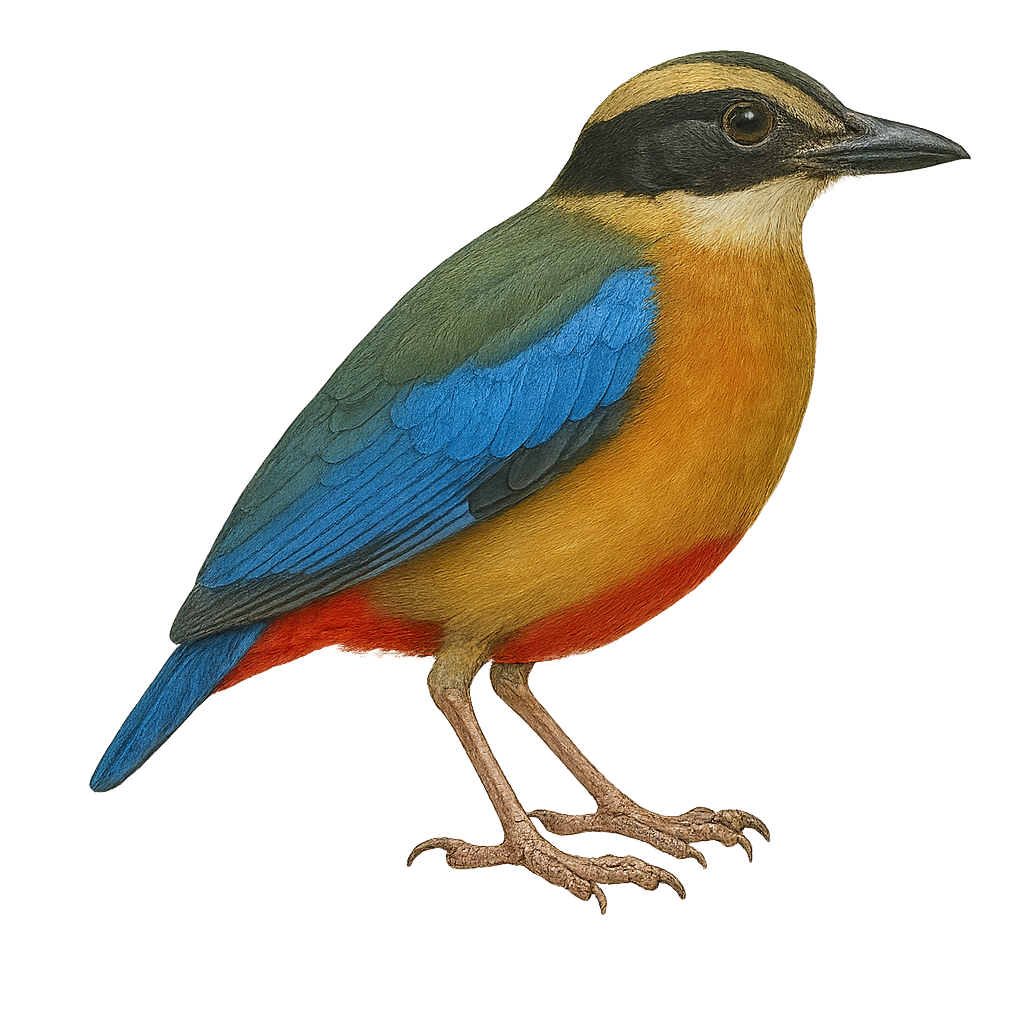Your wildlife photography guide.
Explore the blue-winged pitta in detail, study its behavior, prepare your shots.
Where to observe and photograph the blue-winged pitta in the wild
Learn where and when to spot the blue-winged pitta in the wild, how to identify the species based on distinctive features, and what natural environments it inhabits. The WildlifePhotographer app offers tailored photography tips that reflect the blue-winged pitta’s behavior, helping you capture better wildlife images. Explore the full species profile for key information including description, habitat, active periods, and approach techniques.
Blue-winged Pitta
Scientific name: Pitta moluccensis

IUCN Status: Least Concern
Family: PITTIDAE
Group: Birds
Sensitivity to human approach: Suspicious
Minimum approach distance: 5 m
Courtship display: March to May
Incubation: 15-17 jours
Hatchings: March to June
Habitat:
Humid forests, mangroves, wooded areas
Activity period :
Primarily active during the day, with peak activity in the morning and late afternoon.
Identification and description:
The Blue-winged Pitta, or Pitta moluccensis, is a colorful and captivating bird primarily found in Southeast Asia. It is distinguished by its vibrant plumage, with bright blue wings, a red belly, and a black head with a white stripe. Measuring about 20 cm, this bird prefers humid forests, mangroves, and wooded areas. It is often seen on the ground, searching for insects and invertebrates. Although discreet, its melodious song often gives it away. A migratory bird, it moves according to the seasons, seeking habitats conducive to its survival. Its population is stable, but deforestation poses a potential threat.
Recommended lens:
400 mm – adjust based on distance, desired framing (portrait or habitat), and approach conditions.
Photography tips:
To photograph the Blue-winged Pitta, focus on forested areas where it is most active. Use a 400mm or longer telephoto lens to capture details without disturbing the bird. Be patient and discreet, as this bird is suspicious and often hides in dense vegetation. Early morning hours are best for soft, natural light. Listen for its distinctive song to locate its position. A tripod can be helpful to stabilize your camera, especially in low light conditions.
The WildlifePhotographer App is coming soon!
Be the first to explore the best nature spots, track rutting seasons, log your observations, and observe more wildlife.
Already 1 429 wildlife lovers subscribed worldwide

